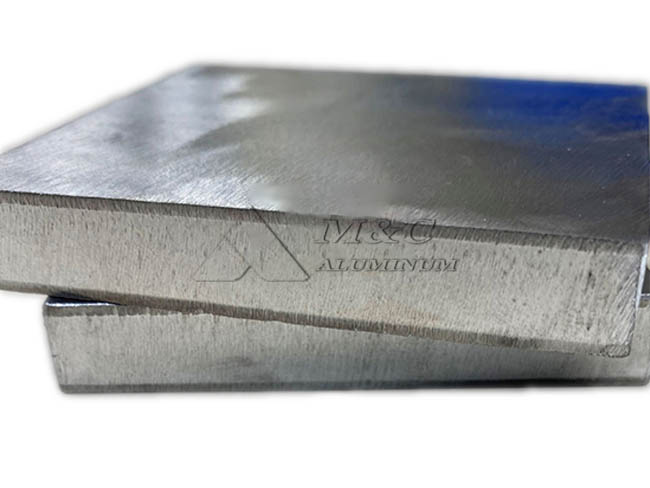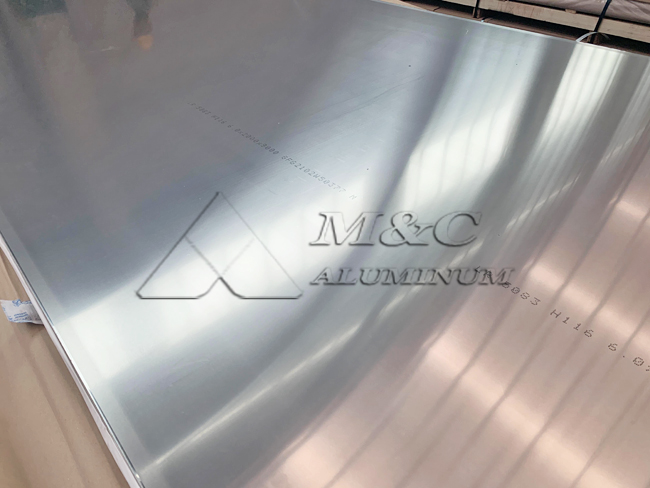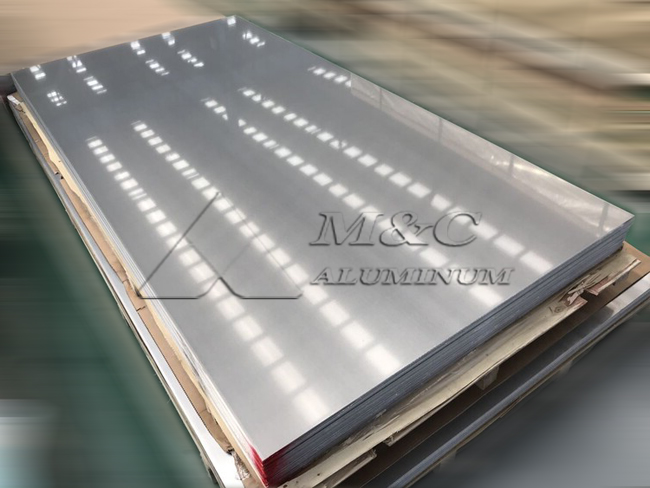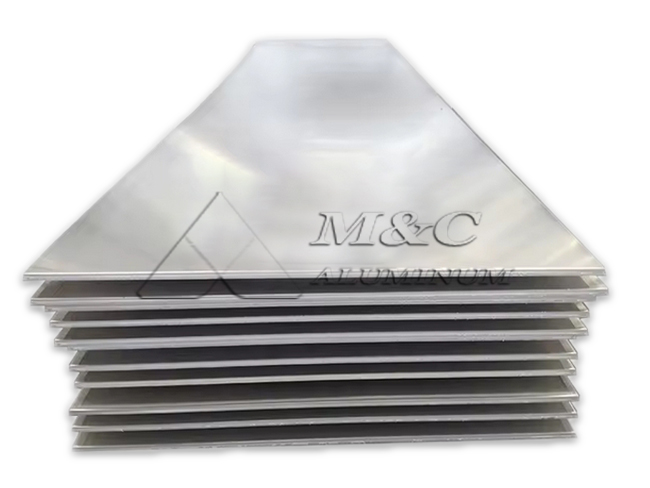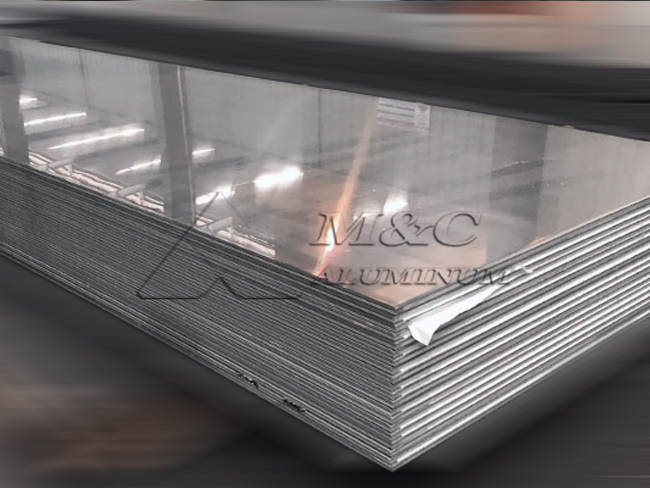Marine aluminum plates have become a key material in modern shipbuilding due to their lightweight properties and excellent corrosion resistance. Compared with vessels built using steel or composite materials, ships built with aluminum can reduce overall weight by 15%-20%, allowing for higher speeds and longer service life. Marine aluminum plates are widely used in hull structures, superstructures, and supporting equipment.
The main alloys used for marine aluminum plates belong to the 5000 and 6000 series, including 5083, 5052, 5086, 5754, 6061, 6063, and 6082. Among these, 5083 aluminum plate is one of the most commonly used marine-grade alloys. It offers outstanding corrosion resistance, weldability, and strength, fully meeting the requirements of ship hull structures.
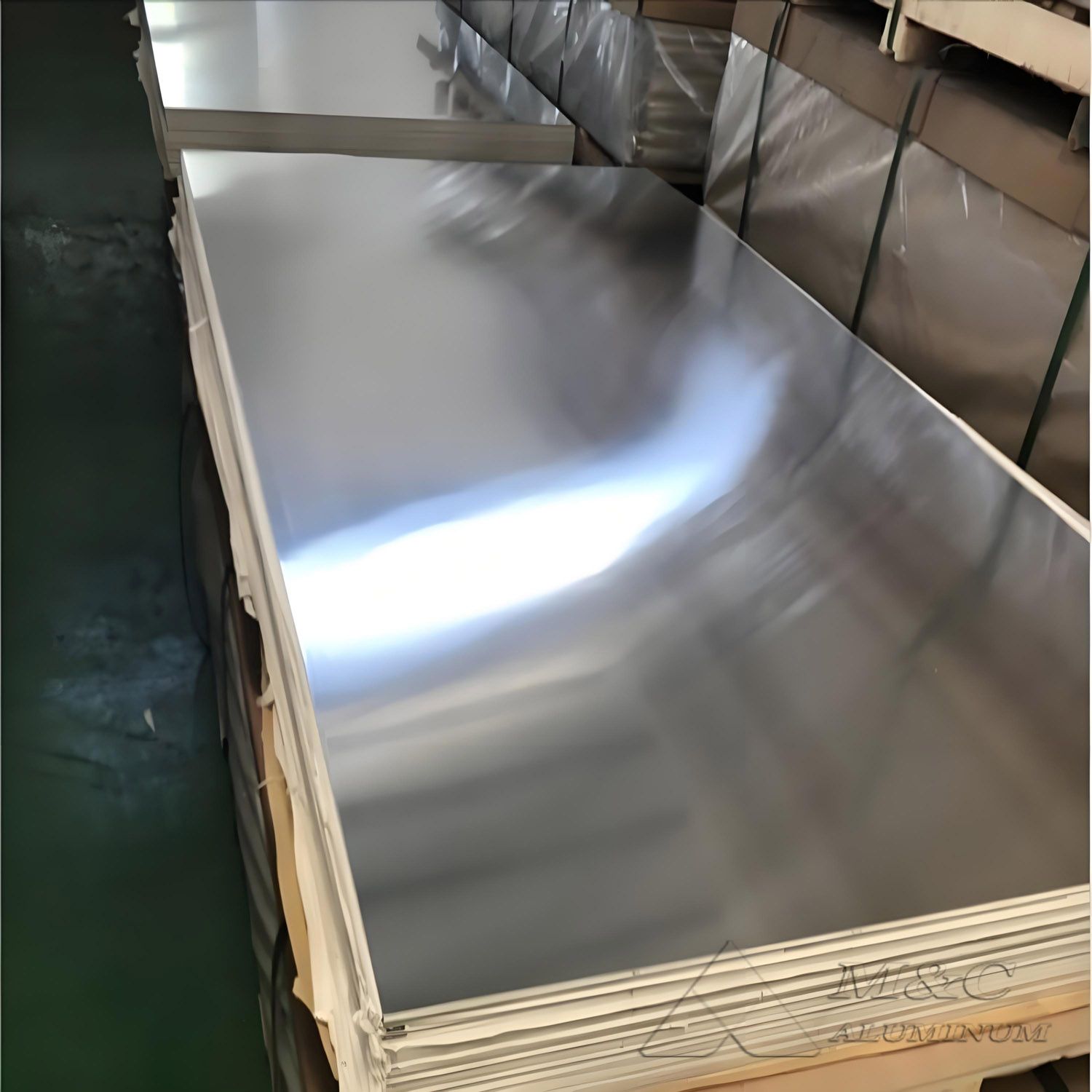
1. Hull Structure Components
This is the primary application area for marine aluminum plates, directly affecting navigational performance and safety.
Hull Shell and Deck:
In high-speed vessels, yachts, ferries, and other lightweight-sensitive ships, 5083 and 5052 aluminum plates are commonly used for hull shells and decks. Their lightweight nature reduces draft, increases cruising speed, and lowers fuel consumption. Additionally, their excellent seawater corrosion resistance extends hull service life.
Bulkheads and Ballast Tanks:
Internal bulkhead panels and ballast tank walls are often made using 5083 H116 or H321 marine aluminum plates. These alloys offer good weldability, making it easier to fabricate complex structures. Unlike steel, aluminum avoids rapid rusting in seawater, significantly reducing maintenance costs.
2. Superstructure Applications
The superstructure, located above the deck, places high demands on lightweight materials and surface stability.
Wheelhouse and Crew Cabins:
The walls, roof panels, and floors of the wheelhouse and crew accommodations are commonly made with 5083, 5052, or 6061 marine aluminum plates. Their lightweight properties help lower the vessel’s center of gravity, improving stability. The surfaces are easy to finish, meeting interior decoration and fireproofing standards.
Funnels and Masts:
Some ships use aluminum alloys for funnel casings and mast structures. 6061 aluminum plate, with its excellent wind load resistance and atmospheric corrosion resistance, ensures these exposed components remain stable under harsh marine conditions while reducing the overall weight of tall structures.
3. Ship Equipment and Accessories
Beyond the main structure, marine aluminum plates are also widely used in auxiliary equipment and small parts.
Piping Systems and Cooling Components:
Seawater cooling pipes, fuel piping protective shells, radiators, and heat exchanger fins are often made from 5052 or 6061 marine aluminum plates. These alloys effectively resist seawater and fuel corrosion, ensuring the reliability of onboard equipment.
Lifesaving Devices and Storage Units:
Lifeboat hulls, storage boxes, and tool chests often use lightweight aluminum plates. This improves handling and installation while ensuring high reliability and durability in marine environments.
Common Marine Aluminum Alloys and Applications
High-speed craft/yachts: Hull hull, deck, superstructure walls (5083, 5052, 6061)
Cargo ships/container ships: Superstructure (wheelhouse, crew cabin), pipe protection (5083, 5754)
Military vessels: Hull structural components, radomes, life-saving equipment (5083, 7075 (high-strength))
Fishing vessels: Deck, cabin bulkheads, fishing gear racks (5052, 5083)
Key Material Selection Criteria for Marine Aluminum Plates
1. High Specific Strength and Modulus
Structural strength and dimensions depend on yield strength and elastic modulus. Since aluminum alloys have a nearly constant modulus and density, increasing yield strength within a range is key to reducing ship structure weight.
High-strength aluminum alloys often lack both corrosion resistance and weldability, so marine aluminum alloys typically feature medium strength, excellent corrosion resistance, and good weldability.
2. Excellent Weldability
Automatic TIG welding (tungsten inert gas) is commonly used in shipyards. Alloys must have good weld crack resistance because lost properties during welding cannot be recovered through heat treatment in shipbuilding conditions.
3. Superior Corrosion Resistance
Marine structures operate in harsh seawater environments. Alloys must resist stress corrosion, exfoliation, and intergranular corrosion in both base material and welded joints. They should also minimize galvanic corrosion, crevice corrosion, and marine biofouling.
4. Good Cold and Hot Forming Performance
Marine aluminum must withstand multiple cold and hot processing steps without cracking, while retaining sufficient strength and corrosion resistance. These alloys are easy to cut, punch, bend, and form, ideal for streamlined hull designs.
Classification Society Certification
All marine aluminum plates produced by MC Aluminum are certified by international classification societies such as CCS, LR, and ABS. These certifications ensure material quality and vessel safety, making them a trusted choice for shipbuilders worldwide.
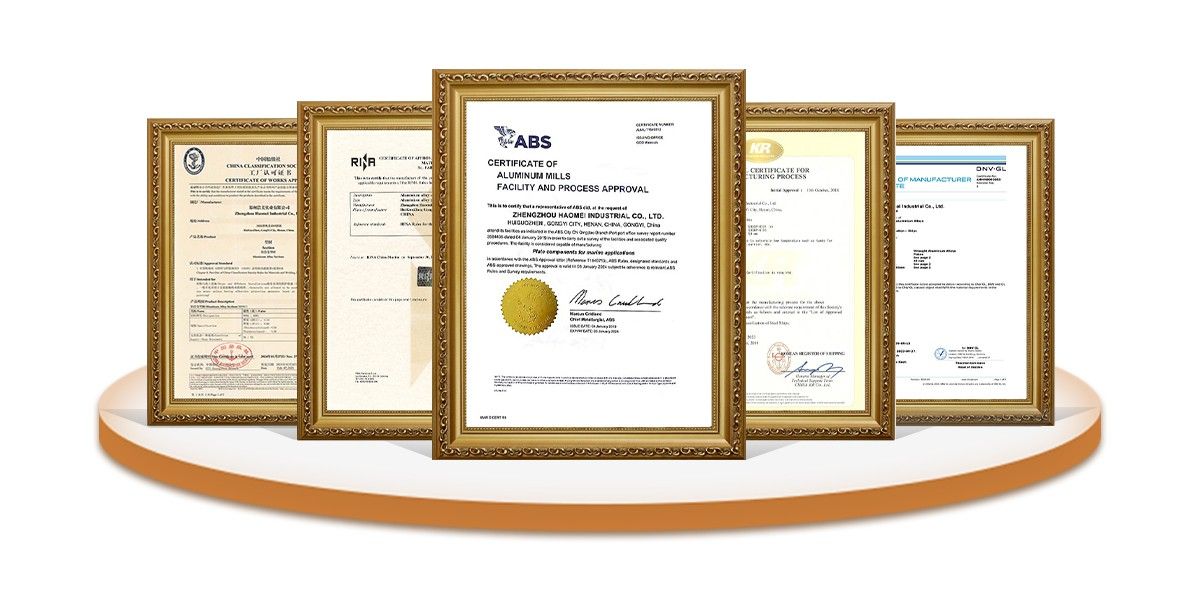
Original Source: https://www.marinealum.com/a/understanding-the-applications-of-marine-grade-aluminum-plates.html
Tag: : Marine grade aluminum plate marine aluminum alloy 5 series marine aluminum alloy 6 series marine aluminum alloy 5083 aluminum plate marine materials marine aluminum plate manufacturer

